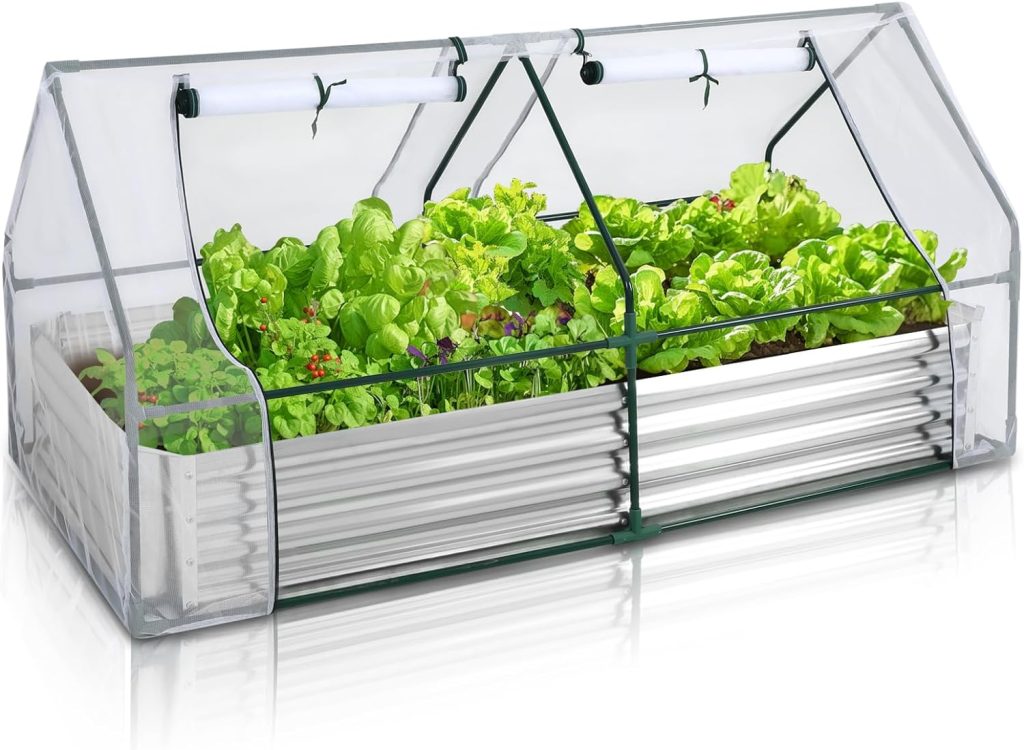Sustainable Garden Design Principles
Sustainable garden design is an approach to landscaping that seeks to create outdoor spaces that are environmentally friendly and economical.
By incorporating principles of sustainability into garden design, individuals can minimize their impact on the environment while creating beautiful and functional outdoor spaces.
Sustainable Garden Design Principles
Here are some key principles to consider when designing a sustainable garden:
- Native Plant Selection
- Choose plants that are native to your region as they are adapted to the local climate, soil, and wildlife.
- Native plants require less water, fertilizer, and pesticides compared to non-native species, reducing the need for inputs that can harm the environment.
- They also provide habitat and food for local wildlife, supporting biodiversity in your garden.
- Water Conservation
- Implement water-saving techniques such as mulching, drip irrigation, and rainwater harvesting to reduce water consumption.
- Design the garden layout to capture and retain rainwater, preventing runoff and erosion while replenishing groundwater supplies.
- Select drought-tolerant plants that require minimal irrigation once established, further reducing water usage.
- Soil Health
- Prioritize soil health by incorporating organic matter such as compost and mulch to improve soil structure, fertility, and moisture retention.
- Practice minimal tillage to avoid disturbing soil ecosystems and beneficial microorganisms.
- Use natural fertilizers and avoid synthetic chemicals that can degrade soil quality and harm beneficial soil organisms.
Implementing the Design
Once you have a grasp of the principles behind sustainable garden design, it’s time to put them into action. Here are some practical steps to implement sustainable design principles in your garden:
- Design with Nature
- Take inspiration from natural ecosystems when planning your garden layout, incorporating features such as meandering pathways, native plant communities, and wildlife habitats.
- Create diverse planting beds with a mixture of groundcovers, shrubs, and trees to mimic the layering and diversity found in natural ecosystems.
- Design for biodiversity by providing habitat for pollinators, birds, and other wildlife through the inclusion of native plants, water features, and sheltering structures.
- Sustainable Materials and Practices
- Choose environmentally friendly materials such as recycled wood, stone, and metal for hardscape elements like paths, walls, and edging.
- Minimize waste by repurposing materials whenever possible and recycling green waste into compost or mulch.
- Practice integrated pest management (IPM) techniques to control pests and diseases without relying on harmful chemicals, such as attracting beneficial insects or using natural predators.
- Maintenance and Care
- Adopt low-maintenance gardening practices to reduce the need for intensive upkeep, such as selecting plants that are well-suited to your site conditions and avoiding high-input features like lawns.
- Regularly monitor soil moisture, plant health, and pest populations to address issues proactively and avoid the need for reactive treatments.
- Encourage community involvement and education by sharing your knowledge and experiences with sustainable gardening practices, inspiring others to follow suit.
By embracing sustainable garden design principles, individuals can create outdoor spaces that not only enhance the beauty of their surroundings but also contribute positively to the health of the environment. Whether you’re starting from scratch or renovating an existing garden, incorporating these principles into your design can help create a more resilient, resource-efficient, and ecologically diverse outdoor space for years to come.

